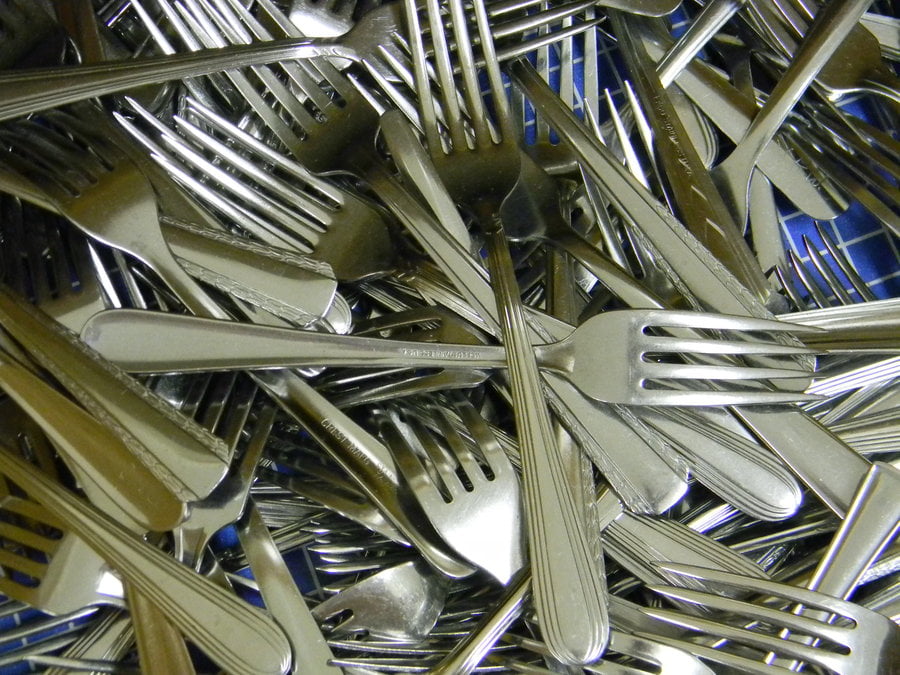
The Great Fork Migration of 2015
For sometime now, the fork population at the Institute for Applied Ecology has enjoyed a relatively stable and consistent biannual migration, where these lovely eating utensils disappear for some months usually correlating with the start of the field season, and return with the end of the field season.
This season however has been markedly different from typical fork migration cycles. In previous years, a minor population of forks nest in the IAE kitchen throughout the field season; however, this year nearly all of the forks from IAE kitchen have nested elsewhere. Many speculate the near complete disappearance of the fork population this field season may be due in part to warmer and drier conditions than average. Alternately, speculations include a lack of suitable habitat during the restoration of the kitchen sink and encroachment on fork habitat by invasive spoons.
Forks, like other varieties of utensils, are characterized by strong physical adaptations for their culinary use. IAE forks are readily identifiable by their elongated trunks that culminate with a heavily dissected array of four prongs. They travel in loose packs, and are known to occasionally separate from these packs to find better forage and habitat on their own. They most frequently separate from their packs during the migration season where whole packs are known to completely disband.

Here we are, nearing the end of the field season, and at long last the awaited return of the forks seems to have commenced. The forks appear to have begun their return to the IAE kitchen, where they will reside until next field season.
Restoration
Research
Education
Contact
Main Office:
4950 SW Hout Street
Corvallis, OR 97333-9598
541-753-3099
info@appliedeco.org
Southwest Office:
1202 Parkway Dr. Suite B
Santa Fe, NM 87507
(505) 490-4910
swprogram@appliedeco.org
© 2025 Institute for Applied Ecology | Privacy Policy
